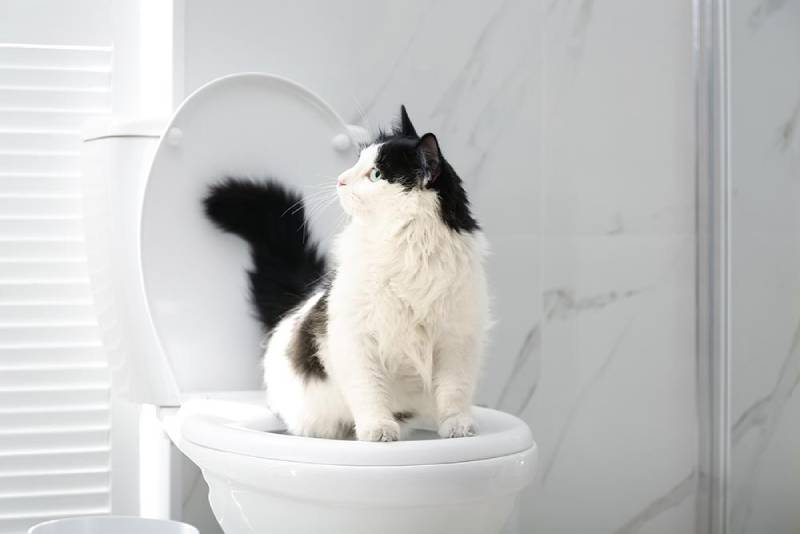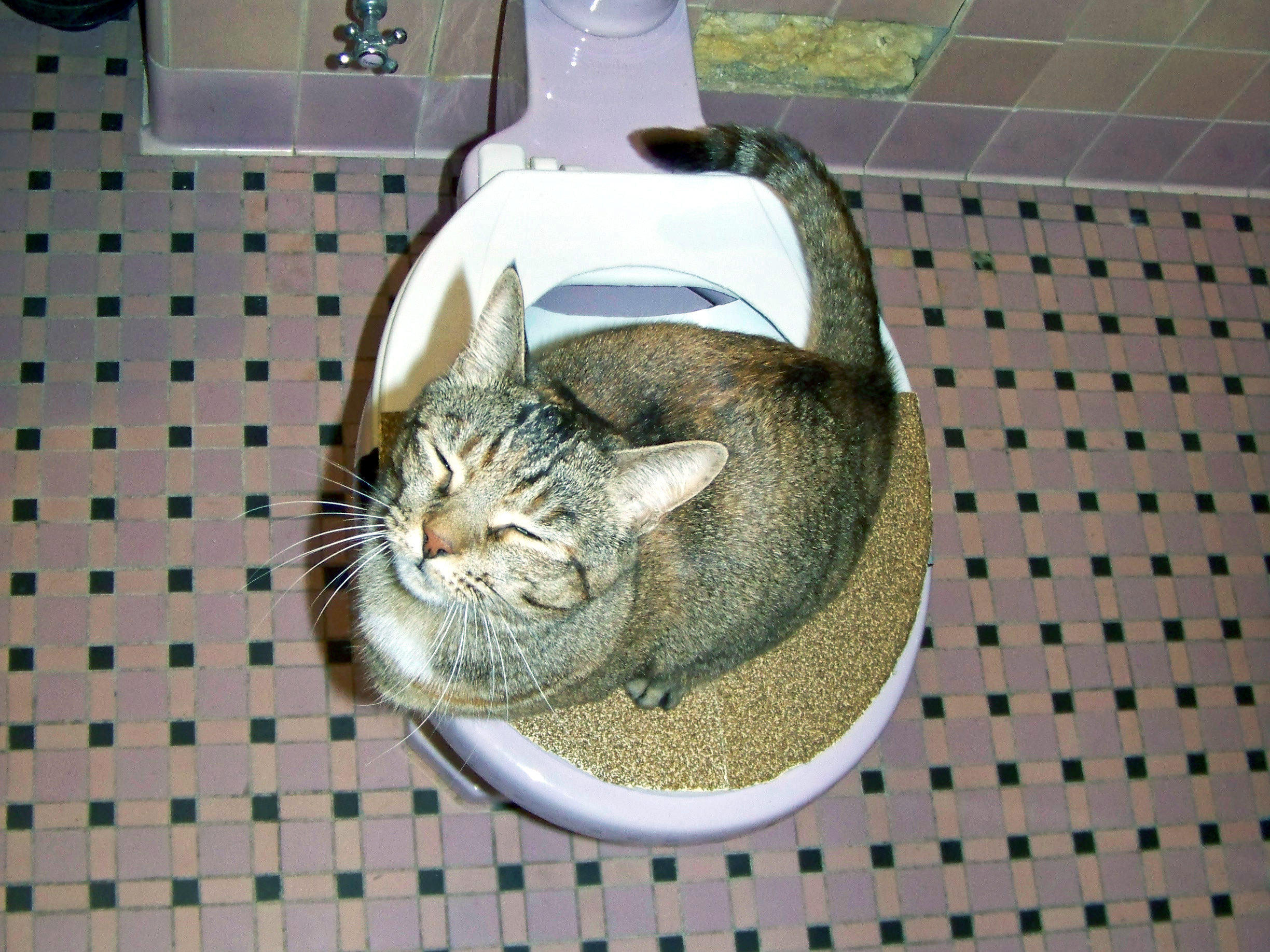The Risks of Flushing Cat Poop in Your Toilet - Preventive Steps
The Risks of Flushing Cat Poop in Your Toilet - Preventive Steps
Blog Article
How do you really feel about How to Dispose of Cat Poop and Litter Without Plastic Bags?

Intro
As feline owners, it's essential to be mindful of how we throw away our feline friends' waste. While it may appear convenient to flush pet cat poop down the bathroom, this practice can have detrimental effects for both the atmosphere and human health.
Ecological Impact
Flushing pet cat poop introduces dangerous pathogens and bloodsuckers into the water system, positioning a substantial risk to aquatic ecological communities. These impurities can negatively affect marine life and concession water top quality.
Health and wellness Risks
Along with ecological worries, purging cat waste can likewise posture wellness risks to human beings. Pet cat feces might contain Toxoplasma gondii, a parasite that can cause toxoplasmosis-- a potentially serious disease, particularly for expectant females and people with damaged immune systems.
Alternatives to Flushing
Thankfully, there are much safer and much more liable methods to deal with cat poop. Take into consideration the complying with alternatives:
1. Scoop and Dispose in Trash
One of the most common approach of dealing with feline poop is to scoop it into a biodegradable bag and toss it in the garbage. Make sure to make use of a specialized trash inside story and take care of the waste without delay.
2. Usage Biodegradable Litter
Select naturally degradable cat clutter made from products such as corn or wheat. These litters are eco-friendly and can be securely thrown away in the garbage.
3. Bury in the Yard
If you have a yard, take into consideration hiding pet cat waste in a designated area away from veggie yards and water sources. Be sure to dig deep enough to avoid contamination of groundwater.
4. Mount a Pet Waste Disposal System
Buy a pet garbage disposal system particularly created for cat waste. These systems use enzymes to break down the waste, lowering odor and environmental influence.
Conclusion
Liable pet ownership expands past supplying food and sanctuary-- it likewise involves correct waste monitoring. By refraining from flushing cat poop down the toilet and going with alternative disposal techniques, we can lessen our environmental impact and safeguard human health and wellness.
Why Can’t I Flush Cat Poop?
It Spreads a Parasite
Cats are frequently infected with a parasite called toxoplasma gondii. The parasite causes an infection called toxoplasmosis. It is usually harmless to cats. The parasite only uses cat poop as a host for its eggs. Otherwise, the cat’s immune system usually keeps the infection at low enough levels to maintain its own health. But it does not stop the develop of eggs. These eggs are tiny and surprisingly tough. They may survive for a year before they begin to grow. But that’s the problem.
Our wastewater system is not designed to deal with toxoplasmosis eggs. Instead, most eggs will flush from your toilet into sewers and wastewater management plants. After the sewage is treated for many other harmful things in it, it is typically released into local rivers, lakes, or oceans. Here, the toxoplasmosis eggs can find new hosts, including starfish, crabs, otters, and many other wildlife. For many, this is a significant risk to their health. Toxoplasmosis can also end up infecting water sources that are important for agriculture, which means our deer, pigs, and sheep can get infected too.
Is There Risk to Humans?
There can be a risk to human life from flushing cat poop down the toilet. If you do so, the parasites from your cat’s poop can end up in shellfish, game animals, or livestock. If this meat is then served raw or undercooked, the people who eat it can get sick.
In fact, according to the CDC, 40 million people in the United States are infected with toxoplasma gondii. They get it from exposure to infected seafood, or from some kind of cat poop contamination, like drinking from a stream that is contaminated or touching anything that has come into contact with cat poop. That includes just cleaning a cat litter box.
Most people who get infected with these parasites will not develop any symptoms. However, for pregnant women or for those with compromised immune systems, the parasite can cause severe health problems.
How to Handle Cat Poop
The best way to handle cat poop is actually to clean the box more often. The eggs that the parasite sheds will not become active until one to five days after the cat poops. That means that if you clean daily, you’re much less likely to come into direct contact with infectious eggs.
That said, always dispose of cat poop in the garbage and not down the toilet. Wash your hands before and after you clean the litter box, and bring the bag of poop right outside to your garbage bins.
https://trenchlesssolutionsusa.com/why-cant-i-flush-cat-poop/

We are very serious about Don’t flush cat feces down the toilet and I'm hoping you enjoyed reading the entire entry. Those who liked our blog entry plz make sure you remember to share it. I cherish reading our article about How to Dispose of Cat Poop and Litter Without Plastic Bags.
Click Here Report this page